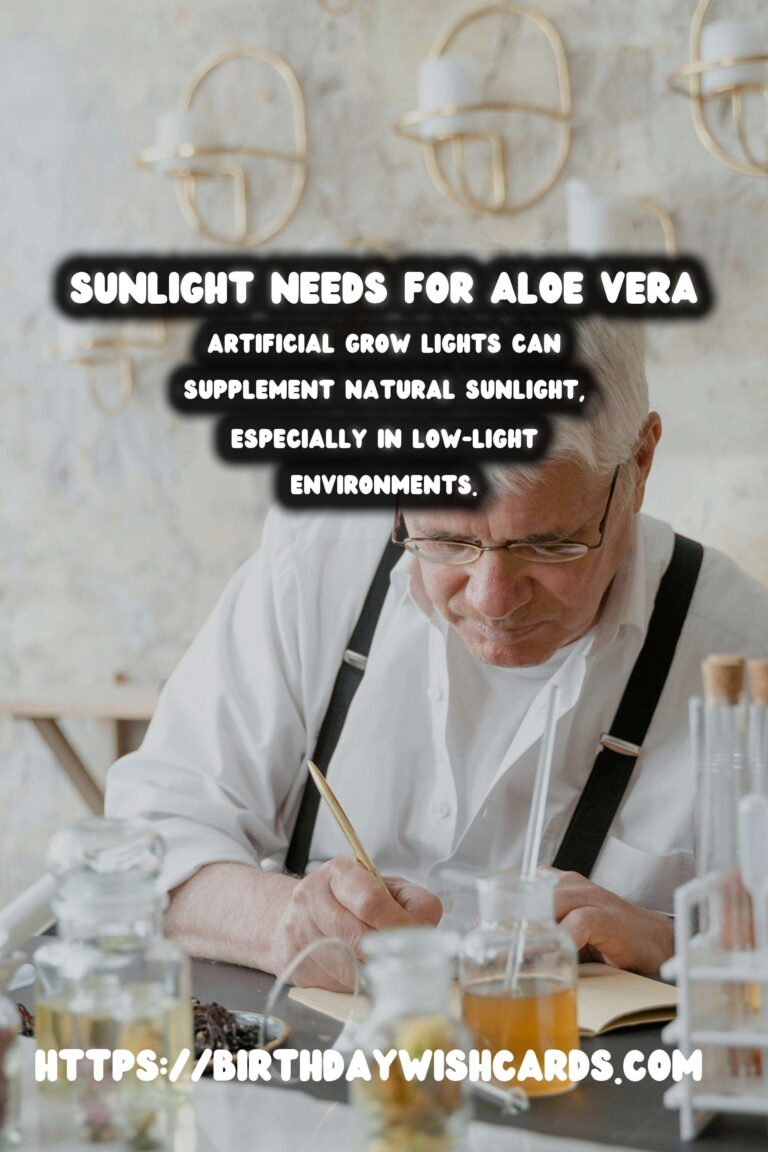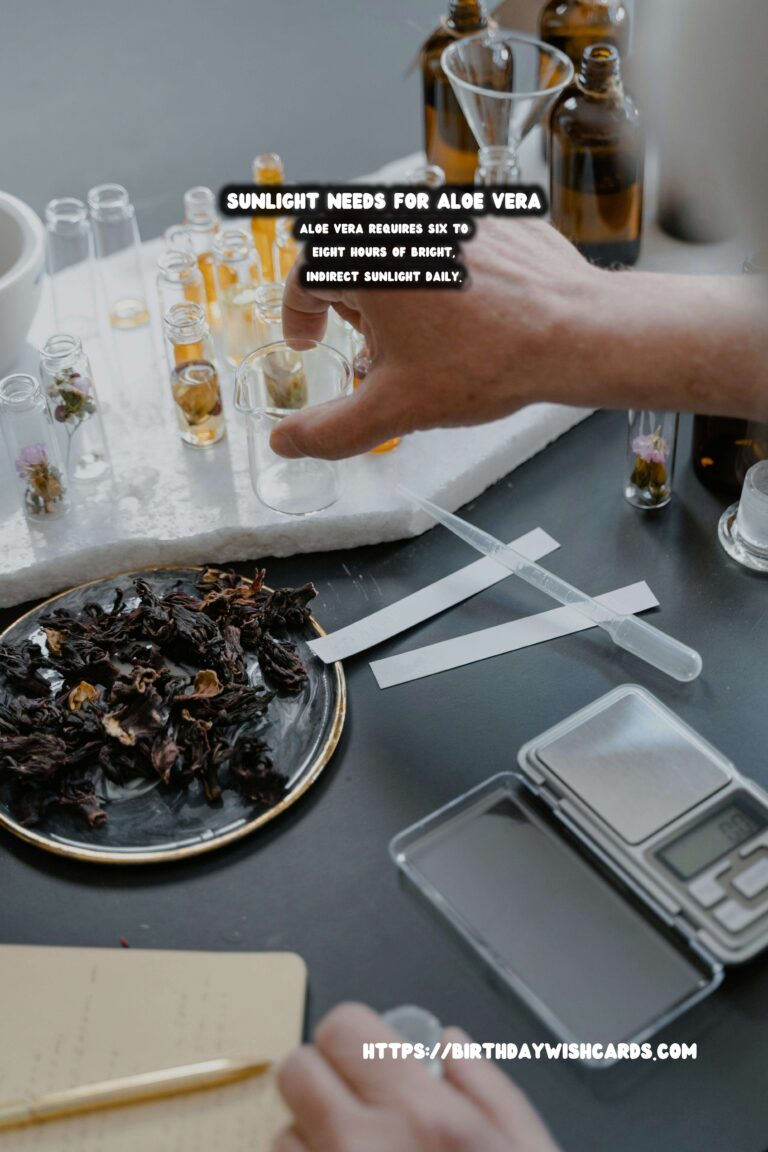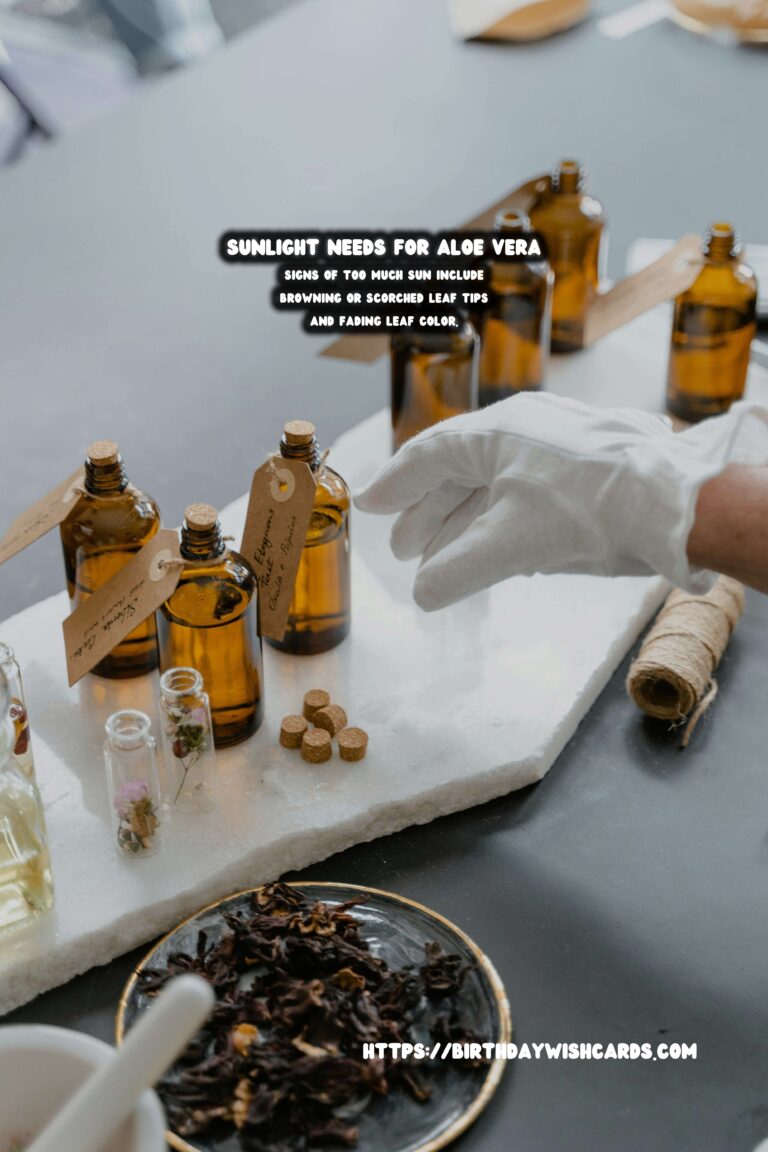
Aloe vera is a popular succulent known for its healing properties and ease of care. However, understanding the sun requirements of aloe vera is crucial for keeping this plant healthy and thriving. In this comprehensive guide, we will explore the sunlight needs of aloe vera and provide tips on how to ensure your plant receives the right amount of light.
Why Sunlight is Important for Aloe Vera
Sunlight plays a critical role in the growth and health of aloe vera plants. As a succulent, aloe vera stores water in its leaves, and adequate sunlight helps the plant to photosynthesize efficiently, allowing it to produce the energy needed for growth and self-repair. Insufficient sunlight can lead to weak, leggy growth, while excessive sunlight may cause sunburn or scorched leaves.
Optimal Sun Conditions for Aloe Vera
Aloe vera thrives in bright, indirect sunlight. Ideally, it should receive about six to eight hours of sunlight daily. A south or west-facing window is typically the best location for indoor aloe vera plants. If grown outdoors, placing the plant in a spot with filtered sunlight or partial shade can help prevent leaf burn.
Signs Your Aloe Vera is Getting Too Much Sun
While aloe vera benefits from plenty of sunlight, too much direct sun can be harmful. Signs that your aloe vera is getting too much sun include browning or scorched leaf tips, fading leaf color, and dry or brittle leaves. If you notice these symptoms, consider moving your plant to a location with less direct sunlight or provide some shade during the hottest parts of the day.
Signs Your Aloe Vera Needs More Sun
If your aloe vera is not getting enough sunlight, it may show signs such as elongated or leggy growth, pale green leaves, and slow growth. In such cases, gradually increase the amount of light exposure by moving the plant closer to a light source. Be cautious not to make sudden changes, as this can shock the plant.
Using Artificial Light for Aloe Vera
If natural sunlight is insufficient, especially during the winter months or in regions with limited sunlight, artificial grow lights can be a valuable alternative. LED grow lights can provide the full spectrum of light that aloe vera needs to thrive. Position the light about 12-18 inches above the plant and maintain a consistent light schedule to mimic natural conditions.
Conclusion
Understanding and meeting the sun requirements of aloe vera is key to maintaining a healthy and vibrant plant. By providing the right amount of light, whether natural or artificial, you can ensure your aloe vera grows strong and beautiful. Remember to monitor your plant for signs of light stress and adjust its environment as needed.
With proper sunlight care, your aloe vera will not only enhance your living space with its aesthetic appeal but also offer its healing benefits whenever needed.
Aloe vera requires six to eight hours of bright, indirect sunlight daily. Signs of too much sun include browning or scorched leaf tips and fading leaf color. Insufficient sunlight can lead to elongated growth and pale green leaves. Artificial grow lights can supplement natural sunlight, especially in low-light environments. 









#AloeVera #Sunlight #PlantCare #Succulents #Gardening




